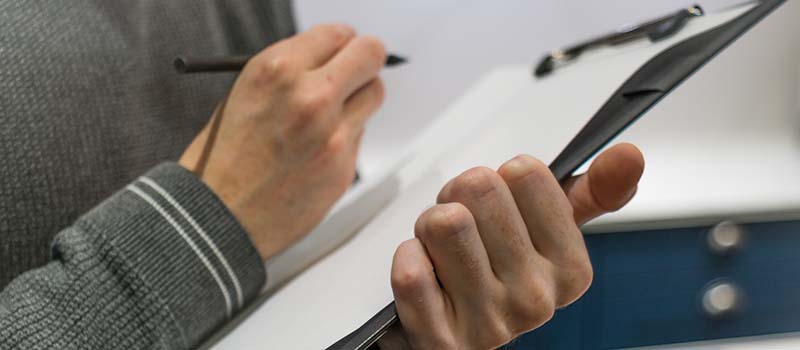Tips For Putting Together A Complete Home Inventory
Tips For Putting Together A Complete Home Inventory

Tips For Putting Together A Complete Home Inventory
- Figure out a good starting point. The thought of listing everything you own might be a tad overwhelming, but you have to start somewhere. For many people, it’s easiest to start with the newest items you’ve purchased, then work backwards. You can also take it room by room, or split your inventory by category – it’s all about what works best for you.
- Make sure to include the details. Include a description of each item, including where you bought it, the model information, how much you paid for it, and any other information you might need in order to file an insurance claim. Record the serial numbers, which are usually found on the back or bottom of appliances and electronic equipment. If you’re super organized and have store sales receipts, purchase contracts or appraisals available, be sure to record that info too. And don’t forget your closets – replacement costs for clothing and accessories can be expensive, so make sure you capture the info for those items too.
- Utilize technology to help you. Of course you can make a list the old-fashioned way, but it’s a great idea to include photos or video of your items too. If you’re taking photos, include detailed, clear pictures of individual items, in addition to photos of entire rooms, closets or drawers where your valuables are stored. This is also a great way to document serial numbers and other details. If you’re making a video, take the time to walk slowly, capturing details of the items you’re documenting, and you may even want to audibly describe the items in each cabinet, drawer or shelf. For those who are a bit more technologically inclined, there are also a variety of mobile apps available to help you document your belongings. Just be sure that the app you are using is secure.
- Remember those extra storage areas. It might be easy to forget the items in your attic, basement or storage shed, but those items may need to be replaced too. If you’re taking photos or video of these areas, be sure that all boxes are labeled and documented, and be sure you have enough light to properly capture all of the items in those areas. Dark, blurry photos or video aren’t helpful in the event that you might need to file a claim.
- Don’t forget to include all big ticket items. It might be obvious to take photos of your expensive jewelry or newly purchased electronics, but large appliances, furniture and valuable rugs should be included too. In the event of a disaster, you’ll need to replace these items as well.
- Keep your inventory current. Remember, every time you make a new purchase, you’ll need to document the details and add the item to your inventory. If you get into the habit of adding purchases as you go, you’re less likely to forget something.
- Safely store your information. If you’re using a paper inventory, be sure to make a copy and keep it stored outside of your home, like in a safe deposit box or at a trustworthy friend’s house. If you’re creating a digital version, back up your digital files on an external drive or online storage
Once you’ve taken the time to document all of your valuables, make sure you have the right coverage to protect them. If you’re uncertain about whether you have enough insurance coverage, reach out to your local agent for info. They will help you protect what matters most, no matter how unique your valuables may be, at a price that fits your budget.
